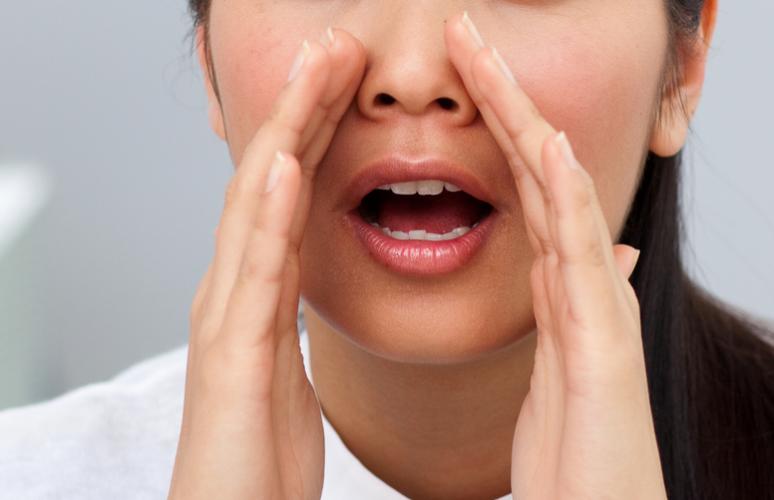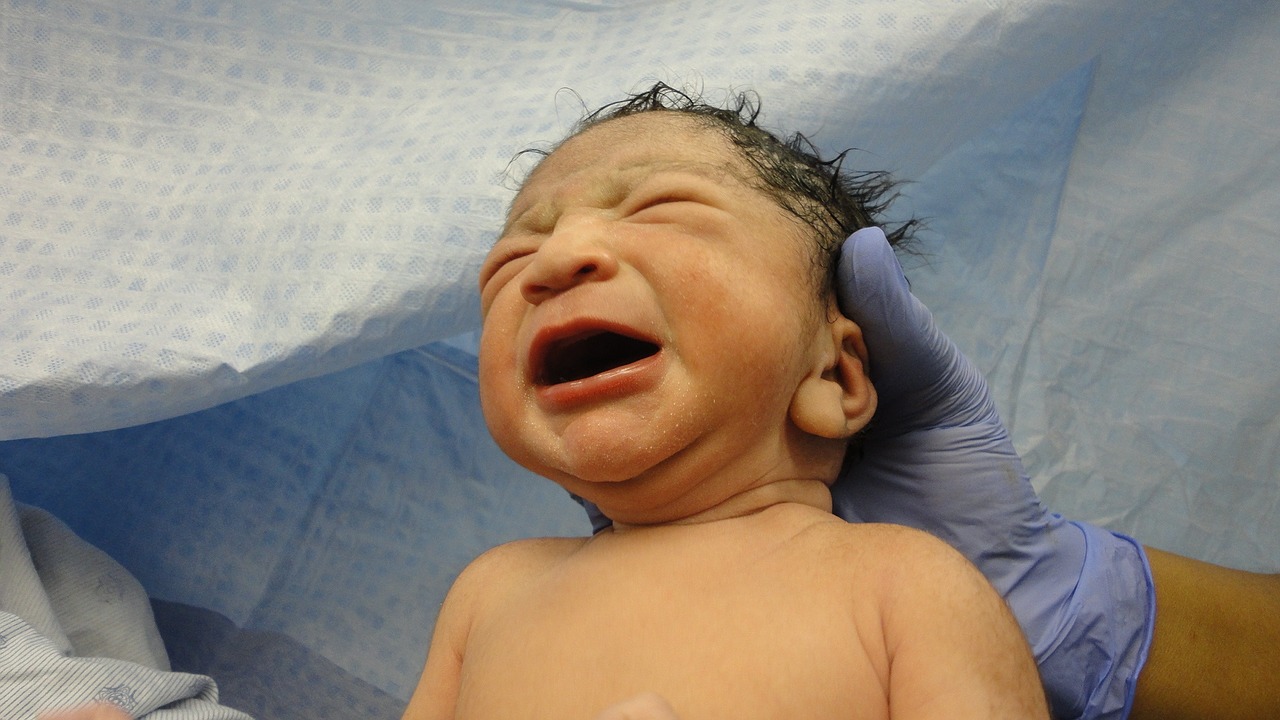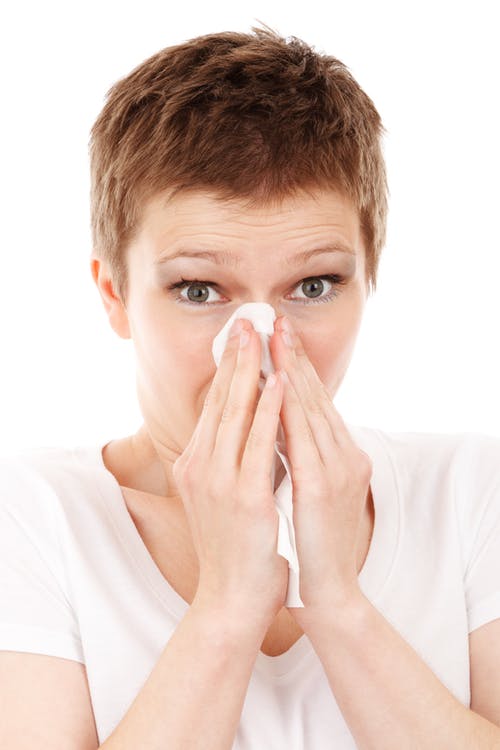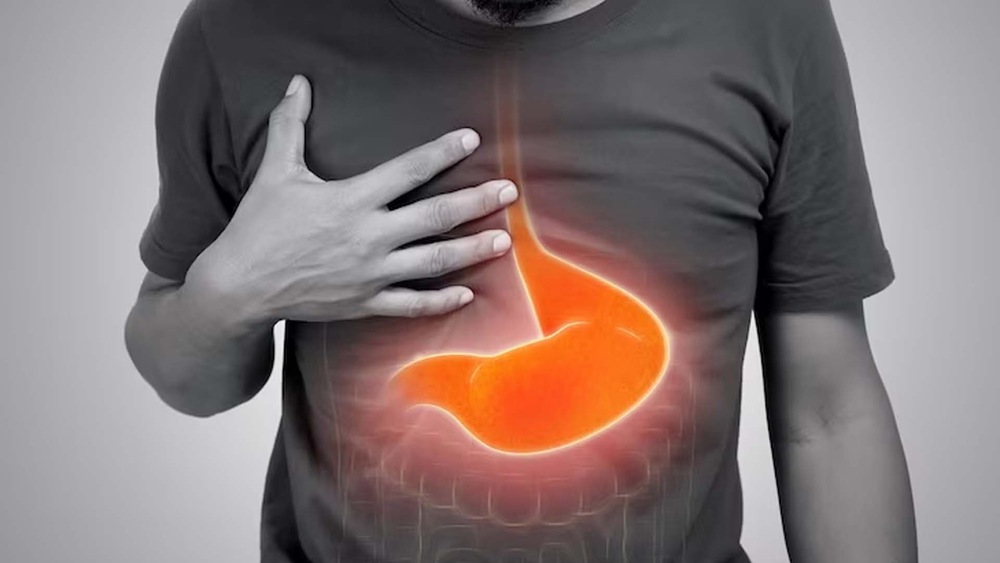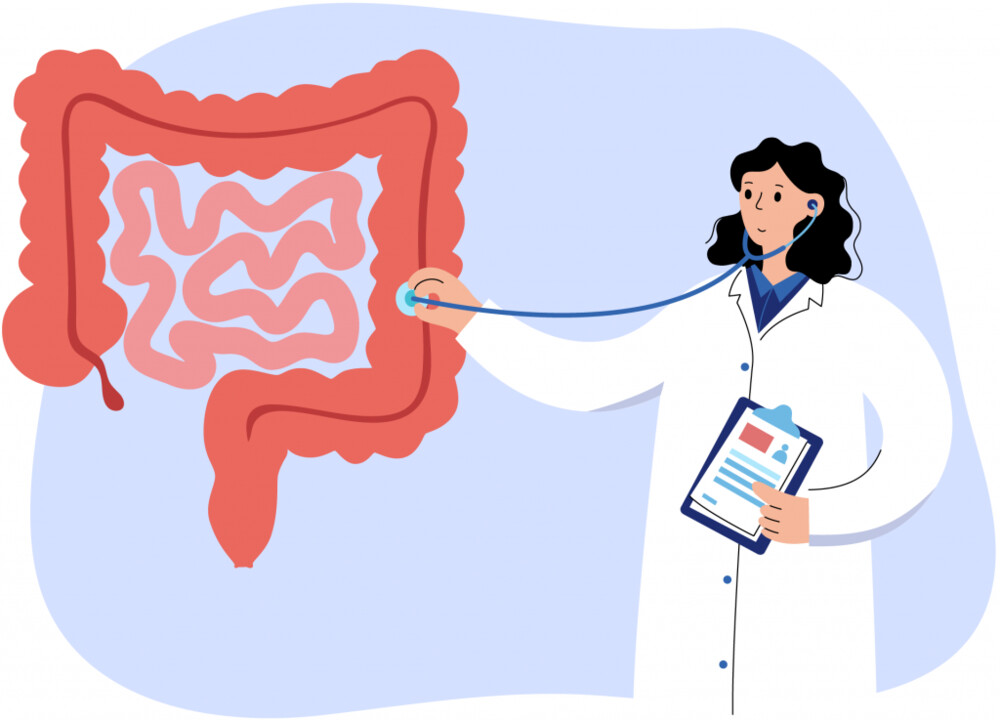Tuberculosis
shifanews“Compliance to the treatment can cure Tuberculosis”, shifanews
says Dr Amer Saleem, a pulmonologist at Milton Keynes University Hospital England
SN: What is Tuberculosis and how scary can it get? shifanews
Tuberculosis is an infection caused by a bacteria called Mycobacterium tuberculosis. This disease generally affects the lungs but can spread to lymph nodes, bones, brain, eyes, kidneys, liver and genitourinary organs through the blood stream. If not treated on time, it can be fatal. Moreover, we come across drug resistant cases in areas like Pakistan, which can be difficult to treat. shifanews
SN: How common is it in Pakistan? shifanews
Globally, Pakistan ranks fifth as far as the burden of TB is concerned. In 2018, around 5,65,000 people developed TB here. About 80 percent of them had TB of the lungs. The actual figure can be higher due to the number of unregistered patients. shifanews
SN: Which other regions of the world is it common? shifanews
TB is one of the top 10 causes of death and number one cause of death by a single infectious agent worldwide. Its incidence is higher in South-East Asia. In 2019, 44 percent of the world’s new TB cases were diagnosed there. shifanews
SN: Is it a genetic disease? shifanews
No, it is an infection. Some individuals have genes to protect them against TB. Whereas some genetic illnesses can increase its risk. shifanews
SN: What is the difference between active and latent TB? shifanews
Patients with active TB show symptoms of the disease. While those who remain healthy and do not show any sign, have latent TB which is not infectious. shifanews
SN: Who is more prone to this disease? shifanews
Those living with active TB patients, healthcare workers, individuals using immunosuppressants or suffering from HIV infection or any disease that can weaken body’s immunity are at risk. Smokers, homeless and malnourished individuals are also susceptible to this disease. The ones living in overcrowded areas with reduced access to medical facilities are in danger too. Death rate due to TB is high among smokers. Therefore, smoking cessation is strongly recommended. Furthermore, in HIV patients, latent TB can become active due to weakened immunity. sni
SN: In which age group is it more prevalent? shifanews
Anyone can contract this infection. However, normally people under the age of 12 and above the age of 70 are less affected by it. shifanews
SN: What are the common symptoms of this disease? shifanews
They can vary. Some patients are asymptomatic and others have minor signs. Symptoms also differ depending on the site of infection. Most common signs are dry cough, difficulty breathing, cough with blood or mucus, chest pain, night sweats, weight loss, fatigue, malaise, stunted growth and gradual onset of fever (usually low grade) which rises in the evenings or at night. Some develop anorexia too. shifanews

SN: Can this infection spread from clothes and utensils?shifanews
It spreads through the air. When a patient suffering from active TB of the lung coughs, sneezes or spits; tiny droplets are expelled into the air. These can remain in the environment for eight or more hours based on air circulation. When inhaled they can enter the lungs and infect them. Two weeks of treatment can reduce the risk of transmission, provided the bacteria is not resistant. It does not spread from clothes, using same utensils or even shaking hands.shifanews
SN: How can it disturb a patient’s life? shifanews
TB being considered a stigma in our societies causes psychological concerns in the patients. Majority of which are related to social and cultural values of the areas they live in. It also leads to permanent disabilities in patients with TB of joints, bone, spine and brain. shifanews
SN: What are its complications? shifanews
Complications usually occur due to delay in seeking medical help, weak immunity, bacteria showing resistance to medicines and non-compliance to treatment. Depending on the part of the body involved in infection it can cause blindness, brain abscess, epileptic fits, weakness, joint destruction, intestinal obstruction and infertility. Contrastingly, TB of lungs can lead to coughing up of blood, damage to breathing tubes, cavities in lungs, chest pain, fluid accumulation in chest cavity and empyema (pus between tissue layers that protect and cushion the lungs).d
SN: Can having comorbid diseases complicate things? shifanews
Yes, they significantly change the course of the disease. As mentioned earlier any disease or medicine that weakens immune system can make the diagnosis and treatment difficult. Comorbidities related with high mortality rates are HIV infection, diabetes, chronic liver diseases (hepatitis or alcohol related), kidney failure, cancers and malnourishment. shifanews
SN: Can TB increase the chances of lung cancer? shifanews
Lung cancer can sometimes develop in old TB scars. But relation among them is complex as smoking is one of the common risk factors of this disease.shifanews
SN: Is TB curable? Can patients return to their routine work? shifanews
It is a curable disease. If bacteria are not resistant to medicines, it can be treated successfully with tablets. Combination of antibiotics are usually given in two stages for six months. This duration can sometimes exceed. As far as routine is concerned everyone responds differently to treatment. Normally patients recover completely and are able to carry out routine activities. shifanews
SN: Can the disease reoccur? shifanews
Yes, it is a major problem in countries like Pakistan with high disease burden. International statistics show that chances of recurrence are high in the first three years of treatment. shifanews
SN: How important is it for an individual to complete the treatment? shifanews
It is a critical component in curing the disease. Besides it reduces the risk of drug resistant strains, complications, relapse and transmission of disease.shifanews
SN: How often are follow ups required after treatment?shifanews
After successful completion of treatment, patients do not need regular examinations. However, they should monitor their symptoms. Seek immediate help if you notice any sign or unusual change. shifanews
SN: Are there any side effects of the treatment? shifanews
Anti-TB medications are antibiotics and mostly well tolerated. But they do have side effects. Common issues are skin rashes, nausea, vomiting, diarrhea, abnormalities in liver functioning, low white blood cells and platelet count. They can also cause jaundice. Some medicines temporarily give reddish-orange discoloration to body secretions and fluids. Others can cause vision, nerve and kidney issues, high uric acid levels, reduced appetite, malaise, photosensitivity, hepatitis and joint pain. shifanews
SN: Does a patient need hospitalization during treatment? shifanews
Majority do not need hospitalization. But those who need continuous monitoring, have developed drug resistant TB or major medication side effects need hospitalization. shifanews
SN: When does a patient become non-infectious? shifanews
If TB bacteria is fully sensitive (not resistant to medication), then after 14 to 18 days of treatment the patient becomes non-infectious. shifanews
SN: Which vaccine is available for TB?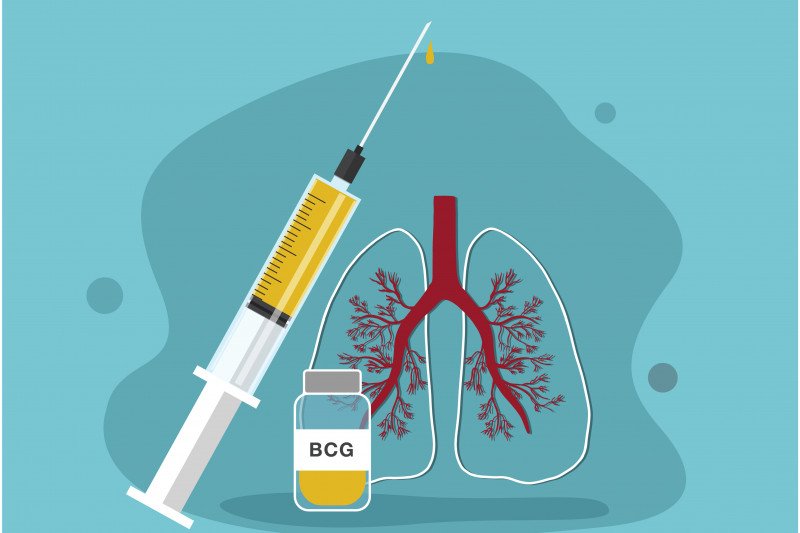 shifanews
shifanews
BCG vaccine is used against TB. It does not prevent a person from contracting the disease but can avoid serious complications. It is given as one dose in left upper arm usually at 28 days of birth. However, in UK and some other countries healthcare workers aged 16 and above are at times given this shot too. It can leave behind a permanent scar. shifanews
SN: Who should not take this vaccine? shifanews
It is not offered during pregnancy. Individuals who are immunosuppressed should also avoid it.shifanews
SN: Is there enough awareness regarding this disease among people? shifanews
About one third of the world’s population is currently infected with it. Roughly 10 percent has active disease and 90 percent has latent which can turn into active. WHO has designed “Stop TB Strategy” to raise awareness worldwide. “National TB Program” also aims to achieve a TB free Pakistan. But we still need to reinforce the message. We should continue our efforts in creating awareness on available forums for better prevention, treatment and control of the disease. shifanews
SN: What role can media play in creating awareness? shifanews
Media campaigns can change public perception, knowledge and behavior towards an issue. Social media can raise voice about symptoms of active TB, factors limiting the spread of infection and stress on importance of seeking timely medical help. Public awareness material and programs in local languages should be available too. shifanews
SN: How can it be prevented? shifanews
Vaccination at the time of birth in endemic areas, contact tracing and screening, access to sufficient healthcare facilities at primary level and availability of information on the subject can help prevent the disease. shifanews
SN: How can infected individuals protect their family and friends? shifanews
They should observe hygienic practices while coughing and sneezing, wear mask inside the house and avoid going to gatherings. Their rooms must be properly ventilated to prevent droplet infection. shifanews
what is tb, can tb spread from clothes, what is the treatment of tb, kya tb kapron say phelta hai



